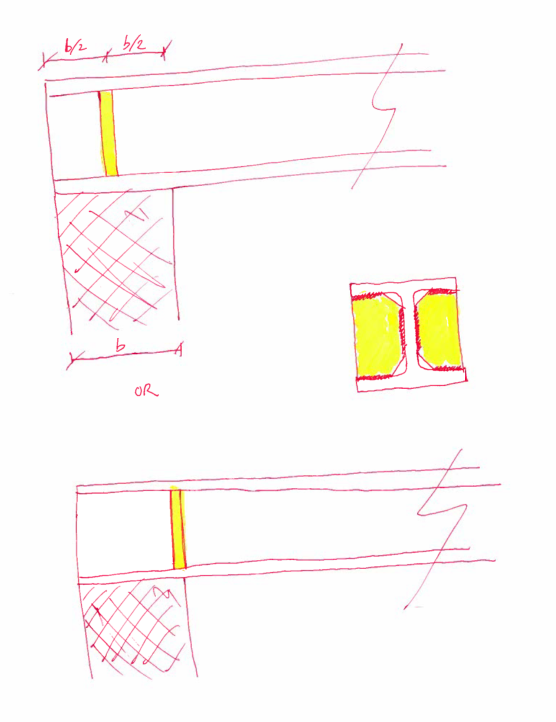jp1990
Civil/Environmental
- May 24, 2017
- 1
Not my field, but I gotta ask?
I do also like to know why.
I hope for some insight.
tnx.
regards.

I do also like to know why.
I hope for some insight.
tnx.
regards.

Follow along with the video below to see how to install our site as a web app on your home screen.
Note: This feature may not be available in some browsers.
